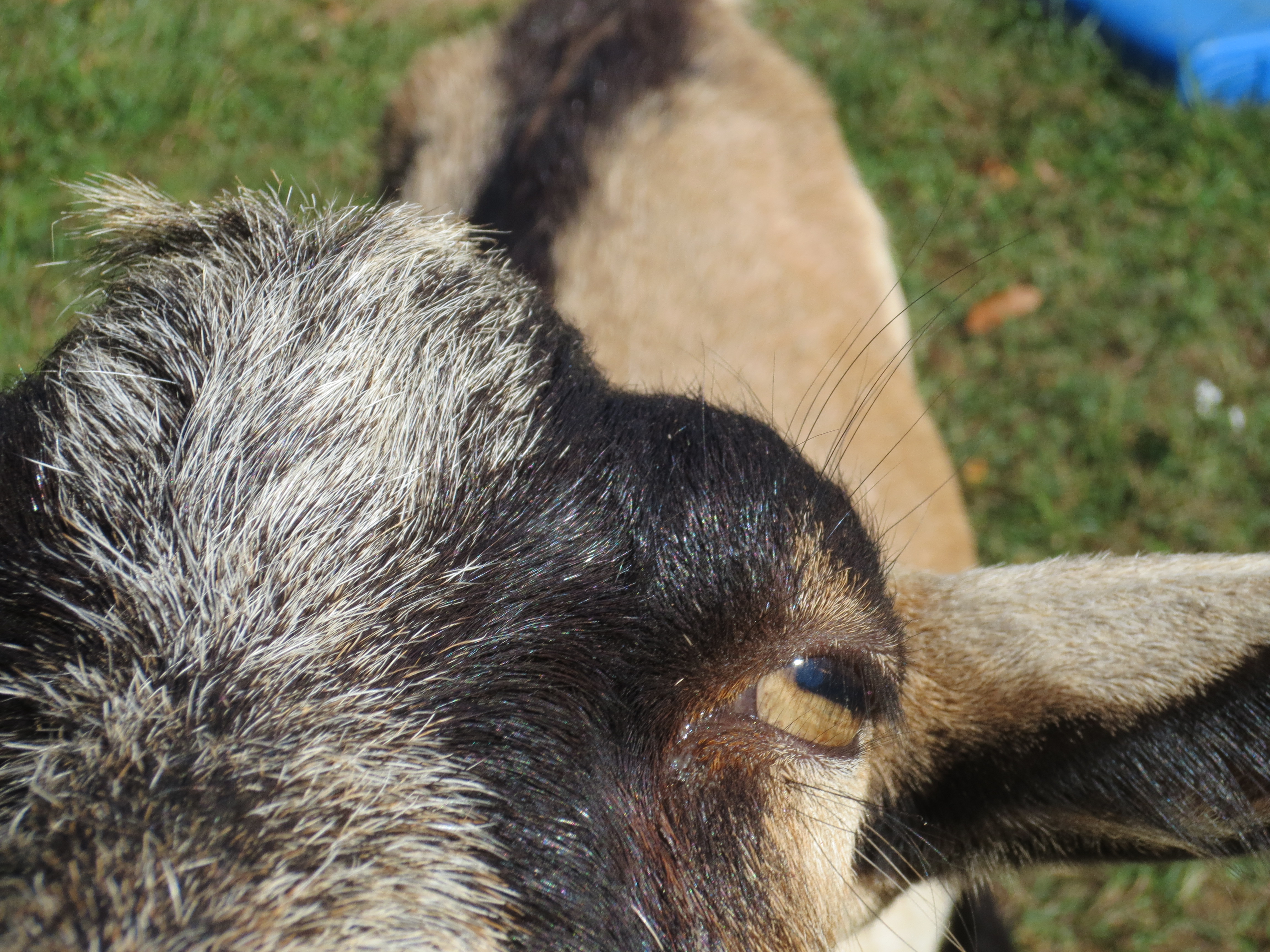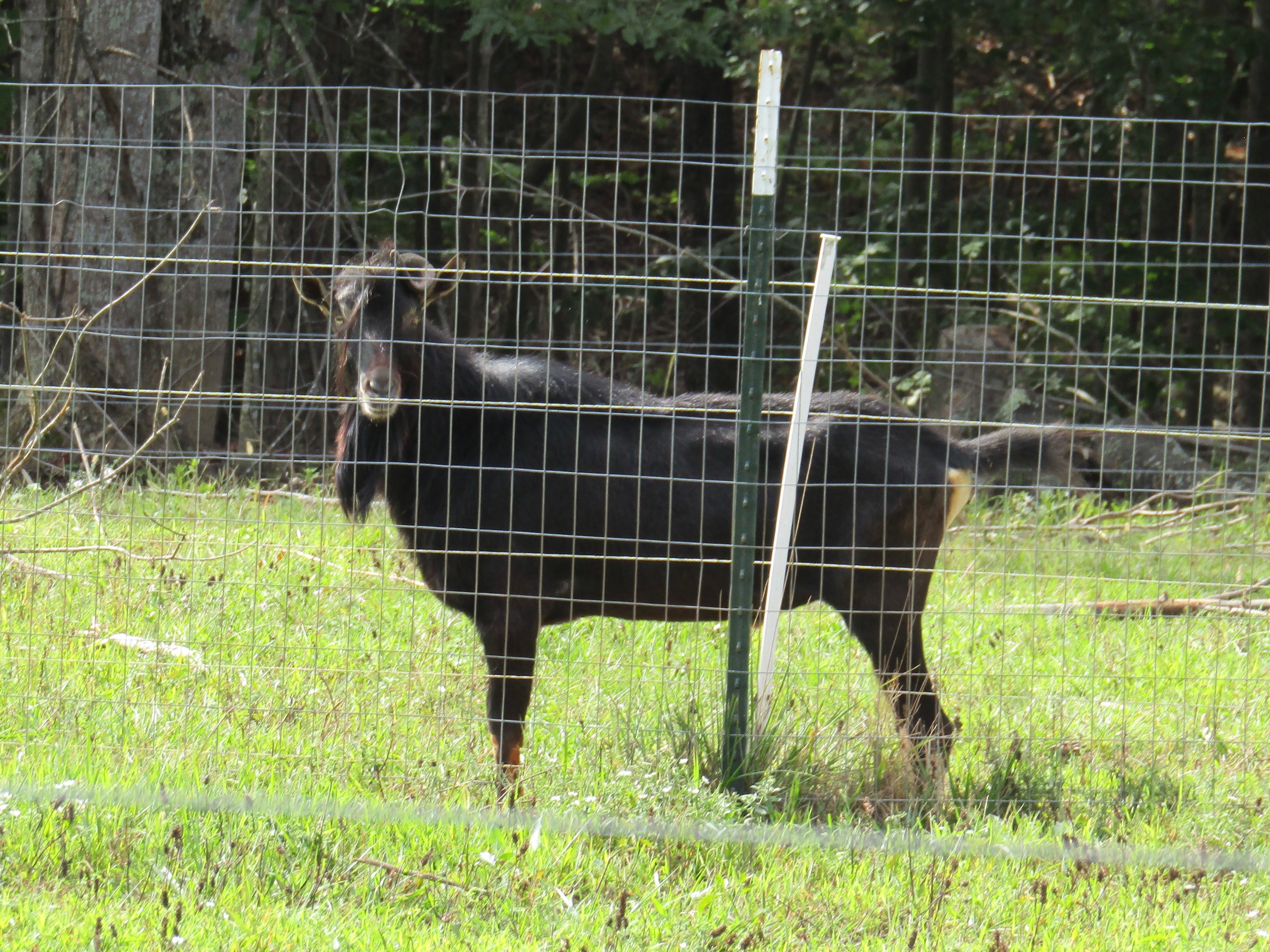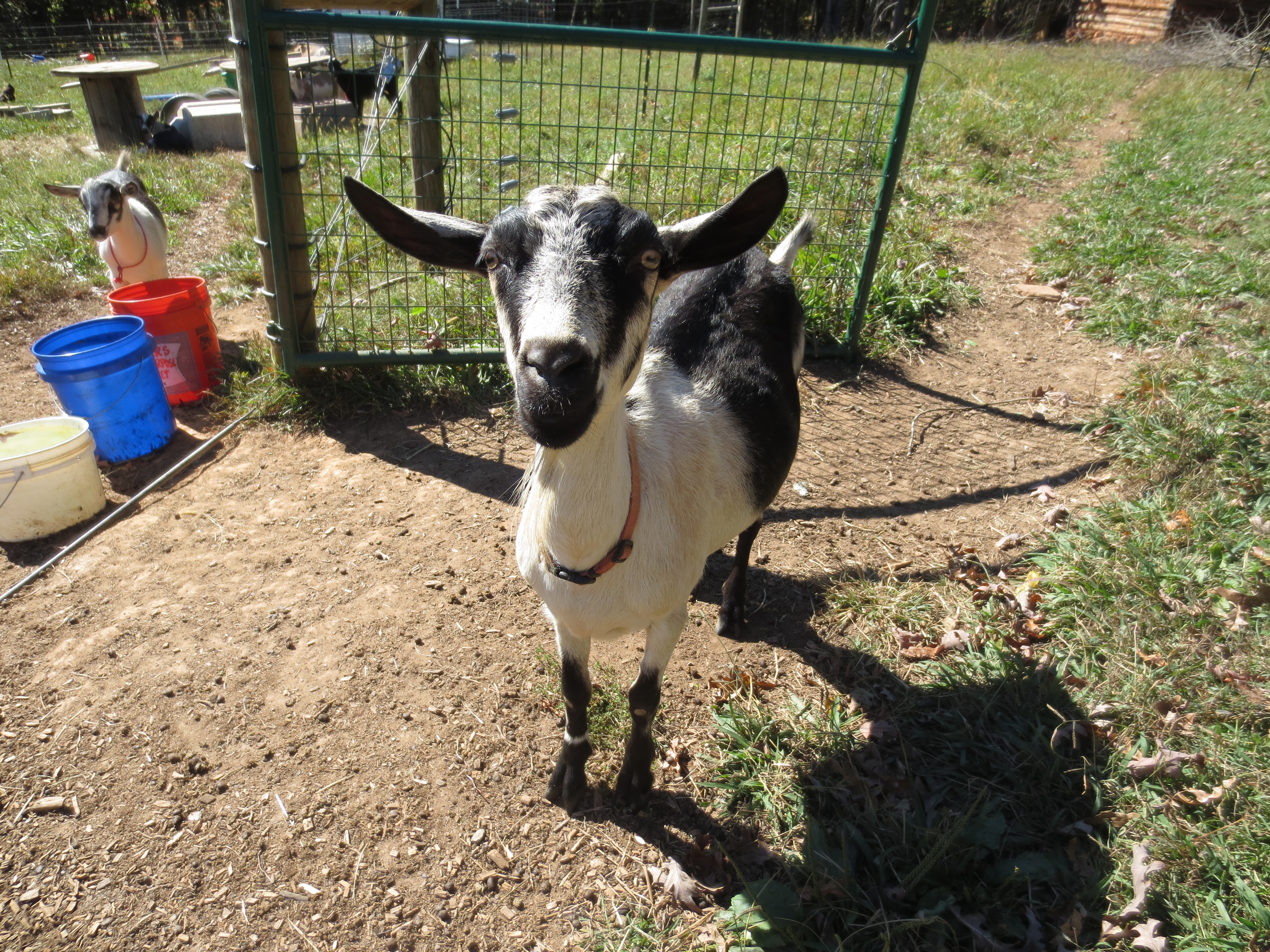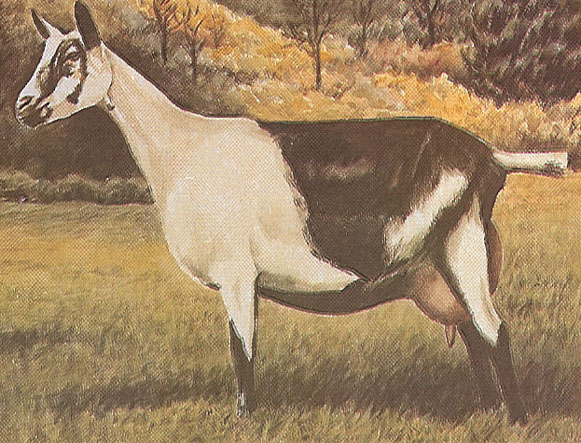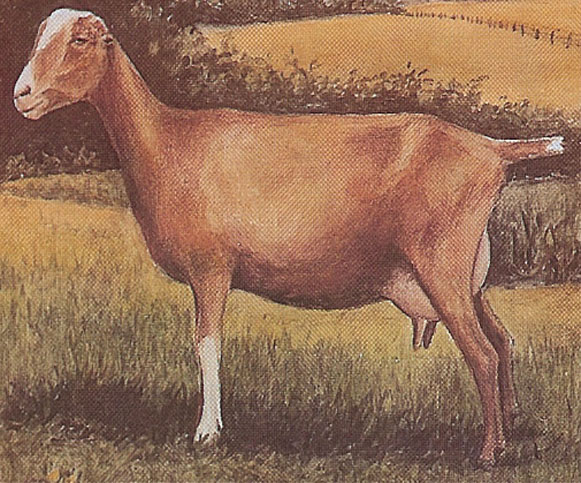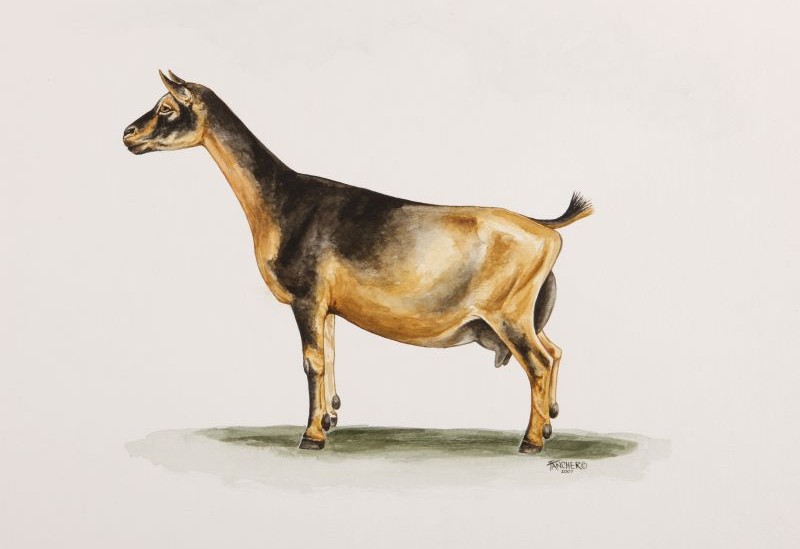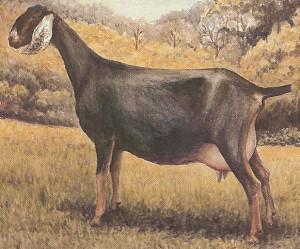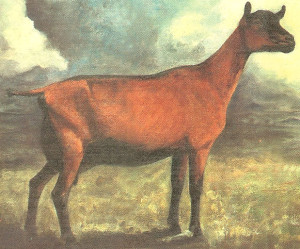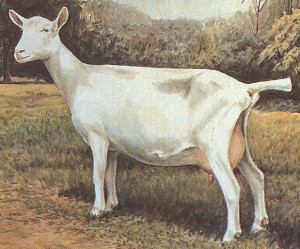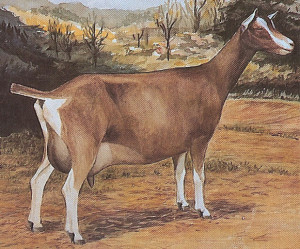How long is gestation?
Gestation is 145 to 155 days - approximately 5 months.
AGS has a handy gestation calculator you can use. Just type in the bred date and it tells you the due date. Here is the link:
http://www.americangoatsociety.com/education/gestation_calculator.php
How old do the kids have to be to wean?
They should be at least 8-10 weeks, though I think that is still too young. I usually wean at 3 months or later.
How many kids are there in each kidding?
Average is two kids, but triplets and singles are also fairly common, and quadruplets aren't unheard-of. Miniature breeds like Nigerian Dwarves are more likely to have trips and quads.
How often do does kid?
Does have the ability to kid twice a year, but is way too hard for their systems. The rule of thumb is to breed for once yearly kidding.
How much milk does one milker give per day?
It depends on breed, how many times they've freshened, how many times per day they are milked, if they are nursing kids or not, and their lineage. My average quality third freshening Alpine doe gave 1/2 gallon a day milking once a day and nursing triplets. My high quality Nigerian Dwarf first freshener gave a quart a day while nursing twins, which was the same as both my Alpines gave as FFs. My herd sire's dam gave two gallons a day, milking twice a day and no kids. It really varies wildly how much you will get, but you can get a pretty good estimate based on the above factors.
How often do goats' hooves need to be trimmed?
It depends on how fast their hooves grow, which is determined by genetics. I check my herds' hooves every few weeks and trim as needed, which is for me every month or two.
How often are you supposed to breed them?
As I mentioned earlier, goats should be bred and kid only once or less per year.
Which association is best for registration?
I personally prefer ADGA. Better, faster service, and nicer papers than AGS. For miniature breeds (any of the standard dairy breeds crossed with Nigerian Dwarf) I use MDGA. MDGA has better service and a faster turn-around time than either of the other two.
How much work does it take?
There is really no easy answer to this question. It depends on how many goats there are, their ages, how you feed and how often, and many other factors. It takes us about an hour a day to milk three does, but we don't milk during the late stages of pregnancy. Then there is watering, hoof trimming, changing minerals, caring for sick goats, changing straw, feeding kids, haying everyone, and so on. All of that can take from 20 minutes to well over an hour, depending on the season and what needs doing. In kidding season, we have new kids to socialize, disbud, tattoo, and band, in addition to attending (or spening hours trying to attend) goat kiddings.
Do you have to bottle feed the babies to get milk?
No. We start separating kids from their dams at night and milking in the morning when the kids are about two weeks old. The kids then get the milk during the day.
Can does give milk while pregnant?
Yes. It is best to dry off a doe at least two months before kidding to stop taxing the doe's system more than necessary, and to let her prepare colostrum for her babies.
How do you dry them off?
There are several ways to dry off a goat. You can cut grain, quit milking (though be sure to relieve the pressure some if they get too full!), or put peppermint essential oil on the udder daily. I milk only enough to relieve the udder when needed and put peppermint oil on the udder.
How expensive are goats?
It depends on age, gender, registration type, lineage, etc. If female, it also depends on amount of milk expected to give, if currently milking or not, and if pregnant or not. If pregnant, it also depends on if they are tested pregnant, and what kind of buck they are bred to. Wethers can run anywhere from $50 to $200, bucks are usually fairly cheap at $150 to $300, though if proven and from good lines can be $800-$900 and up. Does are usually more expensive than bucks, because they are in much higher demand. Around $250 - $450 for doelings and for show quality milkers $900 plus. Somewhere in between for more average milkers and yearlings.
Note that the prices I gave are for average to high quality registered dairy goats. You can find regular old mutts, from untested herds, for much less.
How long is a goat's lifespan?
About the same as a dog - anywhere from 10 years to 15 or 16 years on average.
Can you keep goats with other kinds of animals?
Most of the time, yes. Just make sure that the first few meetings are closely monitored - sometimes goats don't get along with other animals, or even other goats.
Is there any way to tell a goat's age besides knowing its date of birth?
You can look at its teeth and get a fairly good estimate.
Here is a link about aging goats by their teeth:
http://www.infovets.com/books/smrm/C/C015.htm
Get caught up on the first two parts in my series Introduction to Dairy Goat Keeping here:
Introduction to Dairy Goat Keeping Part 1 - Breeds
Introduction to Dairy Goat Keeping Part 2 - Terms and Definitions
By Suzanne Tyler
the Green T Goatherd
